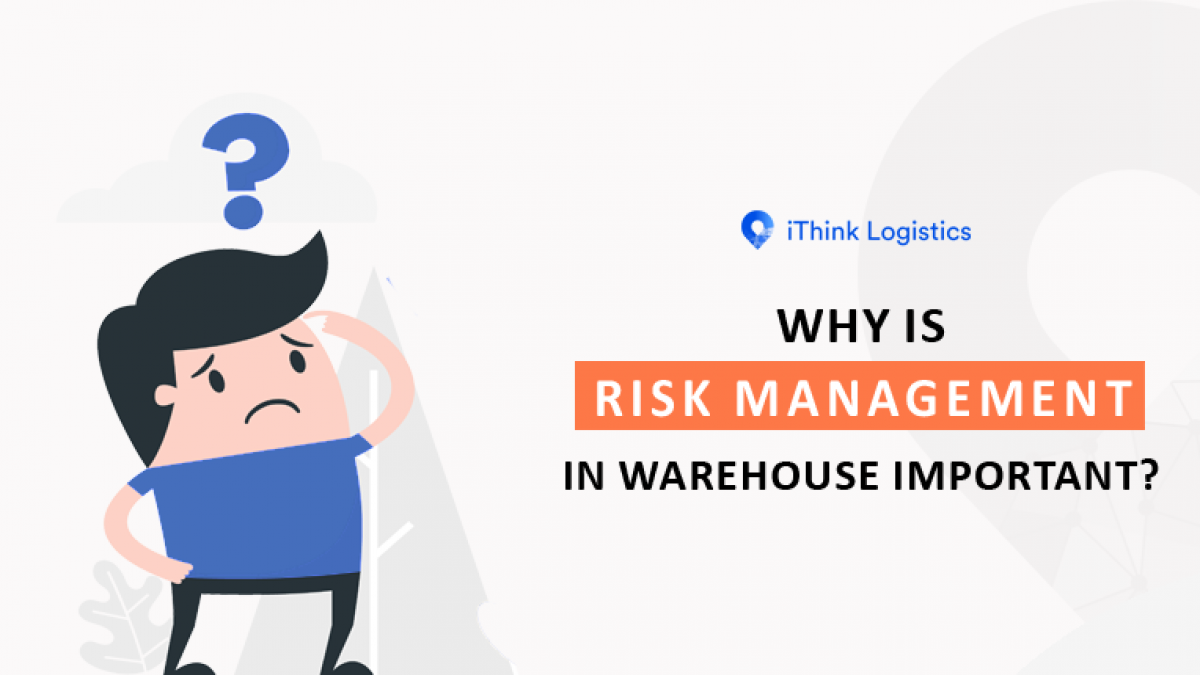Unlocking the True Importance of Risk Management for Long-Term Growth
Unlocking the True Importance of Risk Management for Long-Term Growth
Blog Article
The Significance of Recognizing the Relevance of Risk Management in Different Industries

The Core Concept of Risk Management and Its Function
Risk Management, the keystone of many sectors, rests on the identification, evaluation, and mitigation of uncertainties in a business environment. It is an important technique that permits companies to safeguard their possessions, reputation, and overall survival. By properly identifying possible threats, services can create techniques to either prevent these risks from occurring or reduce their impact. The evaluation process includes examining the likelihood and prospective intensity of these dangers. The mitigation process entails devising methods to decrease their prospective effect as soon as risks have actually been recognized and assessed. This process is recurring and cyclical, making certain that services are gotten ready for the ever-changing nature of Risk in various markets. The primary purpose, hence, is to promote resilience among unpredictabilities.
Benefits of Implementing Risk Management in Organization Workflow

Introducing the Function of Risk Management in Different Industries
While every industry challenges its distinct collection of threats, the implementation of Risk Management methods stays a common denominator in their quest of sustainability and development. In the healthcare sector, Risk see post Management involves making sure individual safety and information defense, while in financing, it involves mitigating investment threats and making certain regulative compliance. Ultimately, the duty of Risk Management across industries is to recognize, assess, and mitigate threats.
Real-life Study Demonstrating Successful Risk Management
To understand the importance of Risk Management in these numerous sectors, one can look to numerous real-life circumstances that show the successful application of these procedures. As an example, in the power field, click reference British Oil established Risk reduction plans post the 2010 Gulf of Mexico oil spill. They executed better safety procedures and stricter regulations which substantially reduced additional crashes. In a similar way, in finance, Goldman Sachs successfully navigated the 2008 monetary crisis by recognizing possible mortgage-backed safety and securities threats early. Toyota, publish the 2011 quake in Japan, modified its supply chain Management to reduce disturbance dangers. These situations show exactly how industries, gaining from crises, efficiently used Risk Management approaches to minimize future risks.
Future Trends and Growths in Risk Management Methods
Cybersecurity, when a peripheral issue, has catapulted to the leading edge of Risk Management, with strategies focusing on reaction, detection, and avoidance. The combination of ESG (Environmental, Social, Administration) factors right into Risk Management is another growing fad, mirroring the raising recognition of the duty that ecological and social dangers play in service sustainability. Thus, the future of Risk Management lies in the combination of advanced innovation, ingenious approaches, and an alternative approach.
Conclusion
To conclude, comprehending the value of Risk Management across a range of industries is essential for their durability and prosperity. Tailored techniques can aid check my source reduce potential dangers, guard properties, and foster stakeholder trust. Additionally, positive decision-making help in governing compliance and enhances resource usage. Ultimately, successful Risk Management adds to more sustainable and durable organizations, highlighting the value of this technique in today's vibrant and highly affordable organization setting.
While every sector faces its special set of risks, the implementation of Risk Management approaches continues to be a typical in their quest of sustainability and growth. In the healthcare field, Risk Management requires ensuring patient safety and security and information defense, while in money, it entails mitigating investment dangers and guaranteeing governing conformity. Ultimately, the role of Risk Management throughout markets is to identify, examine, and reduce risks. These situations demonstrate how sectors, discovering from dilemmas, successfully applied Risk Management techniques to minimize future dangers.

Report this page